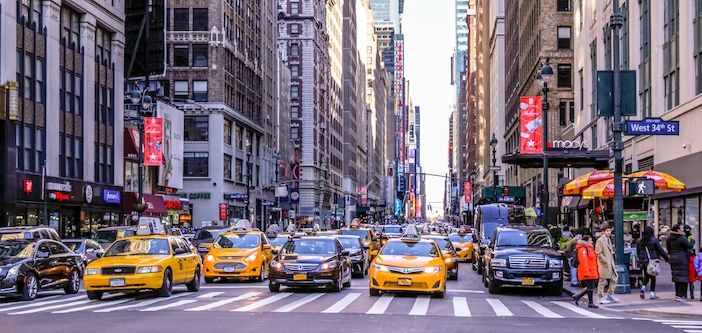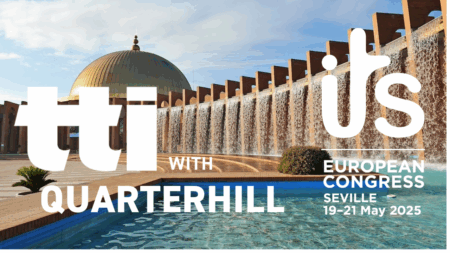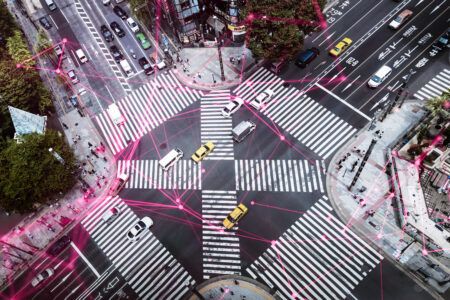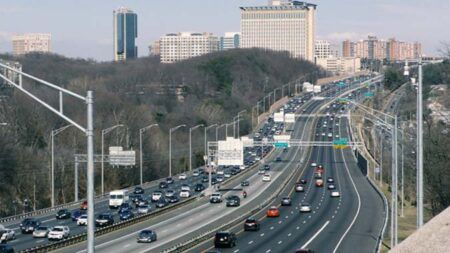New York City’s long-debated congestion charging scheme finally went live this week (January 5, 2024), making it the first ever such toll in the US, with drivers now paying to enter Manhattan’s busy central district.
License plate scanners have been installed by TransCore on existing traffic-signal poles along each street leading to the congestion zone. There are also scanners on northbound avenues leading away from the congestion zone for tracking vehicles, not for charging tolls.
Under the new scheme, most vehicles are charged to enter the area south of Central Park. Car drivers pay $9 during peak hours and $2.25 at off-peak times to enter the congestion zone, which includes landmark areas such as Times Square, the Empire State Building, and Wall Street.
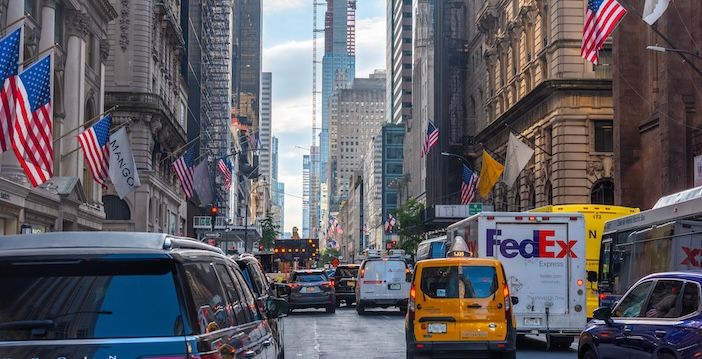
Larger vehicles face steeper charges, with small trucks and non-commuter buses paying $14.40 during peak times, while larger trucks and tourist buses must pay $21.60.
The implementation involves an extensive network of “400 lanes of traffic covered by more than 1,400 cameras, with more than 110 detection points and more than 800 signs,” according to sJanno Lieber, CEO of the Metropolitan Transit Authority (MTA).
Early data shows mixed results. Traffic analysis firm Inrix reported speeds within the congestion zone remained relatively unchanged on Tuesday, averaging between 11.3 and 12 mph, similar to comparable days in January last year. However, some improvements were noted, particularly during evening rush hour on FDR Drive, where average speeds increased by 55% to 28.2mph.
Traffic analyst Bruce Schaller cautioned that it’s too early to draw conclusions: “We have variable traffic day-to-day, so we just have to kind of let this play out to a certain extent.” The MTA predicts the scheme will reduce daily car traffic into Manhattan by approximately 11% in the long term.
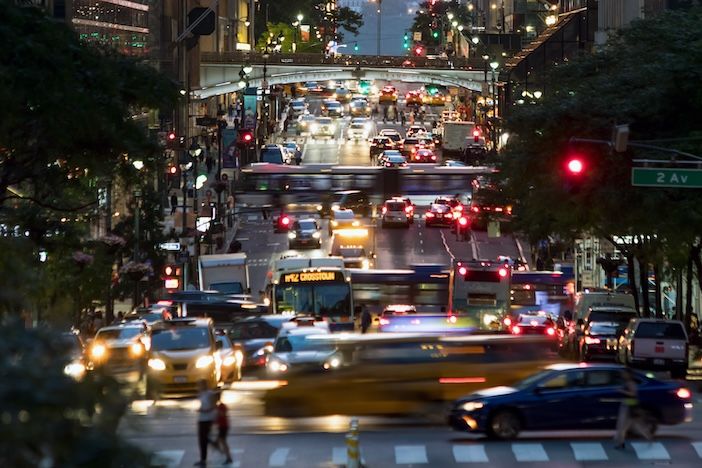
The scheme has faced significant opposition, including from President-elect Donald Trump, who has vowed to end it when he takes office. Local reaction has been divided, with some supporting and others strongly against. Though similar schemes around the world have typically gained more public support once they become operational and benefits are seen.
The scheme includes some exemptions, particularly for commuter buses, emergency vehicles, and vehicles transporting disabled riders. Low-income residents receive a 50% discount on daytime tolls after their first ten trips each month. The tolls are collected electronically, with drivers without E-ZPass transponders paying 50% more than the standard rates.
Despite a last-minute legal challenge from New Jersey state officials regarding environmental impacts on adjoining areas, the scheme proceeded after a judge denied the effort to block it. The initiative aims to address New York’s severe congestion problems, as the city was ranked the world’s most congested urban area last year.
Images: AdobeStock


